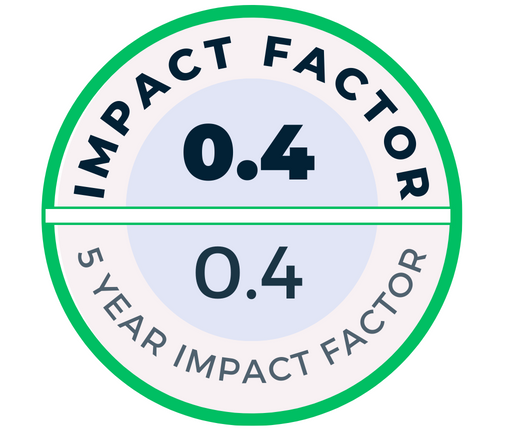The article is devoted to the study of mastopathy risk assessment in overweight dogs. According to histopathological verification, among malignant neoplasms, ductal carcinoma is the most common (25%, 95% CI: 22–28%), benign tumors are fibroadenoma (20.6, 95% CI: 19–23%), dysplasia / hyperplasia is ductal ectasia (22.8%, 95% CI: 19–27%). According to the results of the statistical analysis, 30.7% (95% CI: 25–36%) of overweight bitches suffered from mastopathy, 46.5% (95% CI: 40–54%) from benign neoplasia, and 52.7% (95% CI: 47–59%) from malignant mammary neoplasms. It was established that over the past 3 years (from 2020 to 2022), the incidence of fibrocystic disease in bitches with excess body weight increased from 18.8% (95% CI: 16–22%) to 41.0% (95% CI: 38–44%) against the background of a decrease among patients with optimal body weight from 72.3% (95% CI: 69–76%) to 49.7% (95% CI: 45–55%). The risk of mastopathy correlates with the degree of overweight: with the exceeding of the optimal condition within 20%, the incidence was 20.8% (95% CI: 17–24%), for 30–50% it was 30.8% (95% CI: 23–38%), and for more than 50% it was 48.4% (95% CI: 41–56%). Compared to bitches with malignant mammary tumors, average body mass indices in dogs with benign neoplasia and mastopathy are significantly higher (p < .05 and p < .001, respectively). The number of patients with mastopathy increases with age; the maximum indicators were set in 91-year-old (35.8%, 95% CI: 29–42%) and older 11-year-old (32.6%, 95% CI: 26–39%) animals. German shepherd, Labrador retriever, boxer, poodle, and dachshund females are the most susceptible to fibrocystic disease (12.5%, 10.0%, 9.2%, 8.3%, and 8.3%, respectively), as well as mixed breeds (13.4%). The dynamic increase in the number of overweight bitches suffering from mastopathy confirms the importance of obesity in its pathogenesis.
Cite this article as: Bilyi, D., & Khomutenko, V. (2024). The in!uence of dog body conditions on the risk of mastopathy. Acta Veterinaria Eurasia, 50(1), 37-46


.png)


.png)